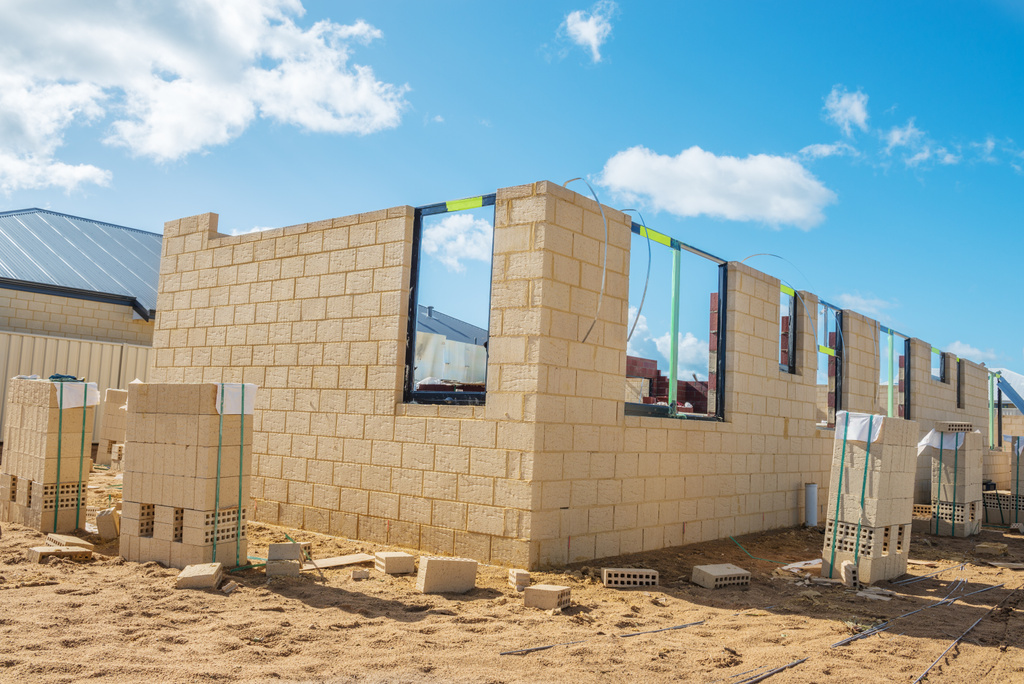In the realm of modern architecture, where aesthetics and durability are crucial, brick veneer has emerged as a popular choice for both residential and commercial buildings. This versatile building material not only adds a timeless charm to structures but also provides a robust protective layer.

In this article, we will explore the concept of brick veneer, its advantages, the installation process, and its role in transforming architectural designs. From its historical roots to its contemporary applications, brick veneer continues to be a reliable and visually appealing option for architects and homeowners alike.
Historical Background and Evolution: The origins of brick veneer can be traced back to ancient civilizations, where clay-fired bricks were used to construct enduring structures. As architectural styles evolved, the use of bricks transitioned from load-bearing construction to veneer applications. The advent of modern manufacturing techniques enabled the production of thin, lightweight bricks, thus paving the way for the rise of brick veneer.
Advantages of Brick Veneer: Brick veneer offers numerous advantages, making it an appealing choice for architects and builders. First and foremost, it enhances the visual appeal of a building, adding a sense of timelessness and sophistication. The range of brick colors, textures, and patterns available in the market allows for creative expression, ensuring that each structure stands out.

Furthermore, brick veneer acts as a protective barrier against the elements, providing durability and longevity to a building. Its resistance to fire, rot, and pests makes it an excellent choice for regions with extreme weather conditions. The thermal mass of brick veneer also contributes to energy efficiency, as it helps regulate temperature fluctuations, reducing reliance on artificial heating and cooling systems.
Installation Process: The installation process of brick veneer involves attaching a layer of bricks to the exterior of a building’s structural wall. The first step is preparing the surface by ensuring it is clean, free of debris, and properly waterproofed. A layer of mortar, known as the scratch coat, is then applied to the wall to create a solid foundation.
Next, a layer of mortar is applied to the back of the brick, and it is firmly pressed onto the scratch coat, ensuring proper alignment and spacing. Metal ties or anchors are used to secure the bricks to the structural wall, providing stability and preventing movement. Mortar joints are then filled in to create a seamless appearance.
In recent years, the use of thin brick veneer has gained popularity. Thin bricks are lighter and more manageable, allowing for easier installation and greater design flexibility. They are adhered to the wall using specialized adhesives, eliminating the need for mortar and reducing construction time.
Transforming Architectural Designs: The versatility of brick veneer has significantly impacted architectural designs. From contemporary to traditional styles, brick veneer adds character and depth to various structures. It can be used to accent specific areas, such as entrances or columns, or cover entire facades to create a uniform look.
Moreover, a brick veneer can be combined with other materials, such as glass, steel, or wood, to create stunning visual contrasts. This combination of textures and materials adds visual interest and uniqueness to architectural designs, making them stand out in the urban landscape.
Brick veneer continues to be a preferred choice for architects and homeowners seeking to blend aesthetics and durability in their building projects. With its timeless appeal, resistance to the elements, and versatility in design, brick veneer remains a reliable option for enhancing the visual appeal and longevity of structures. From its historical roots to its modern applications, brick veneer has evolved to meet the demands of contemporary architecture, and its enduring popularity is a testament to its remarkable qualities.
Learn more at Wiki as well.

